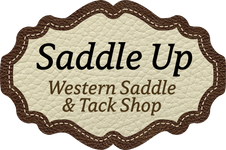Your First Riding Lesson, Part 2
Posted by Saddle Up on Apr 23rd 2015
Here in Part 2 of "Your First Riding Lesson", we'll cover what you'll learn during the riding portion of your lesson and give you some tips!
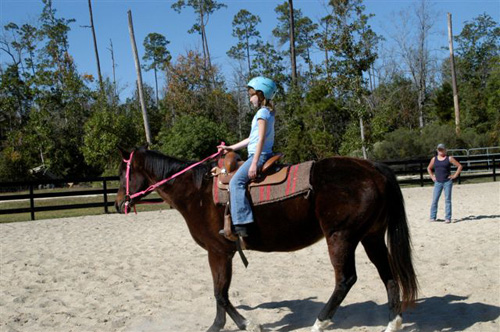
(photo taken from splendorfarms.com)
1. After you've checked your tack, tightened the cinch/girth, adjusted your stirrups, and got on the horse the first thing you'll learn is how to move forward, stop, and turn. You'll learn how to sit properly in the saddle and how to hold the reins in your hands. The lesson will probably contain exercises for walking, stopping, and turning to get you used to directing the horse. Your teacher may put the horse on a lunge line to work on your balance and seat. Be sure to keep an open communication line between you and your teacher, especially if you feel uncomfortable or don't understand something.
2. Make sure you keep the balls of your feet in the stirrups with your heels down. This will help keep your legs long and prevent your feet sliding too far into the stirrup. Don't grip with your legs as this will cause tension in your body which will transfer to the horse. It's harder to move with the horse when you're gripping. Also, on a well trained horse if you grip with your legs it will cue the horse to go!
3. Keep your hands quiet, elbows bent and near your body, shoulders down and relax. Try to avoid huge movements in any direction with your hands as this can annoy the horse and mess with the cues you are giving the horse. Quiet hands also prevents pulling or jamming the bit in the horse's mouth.
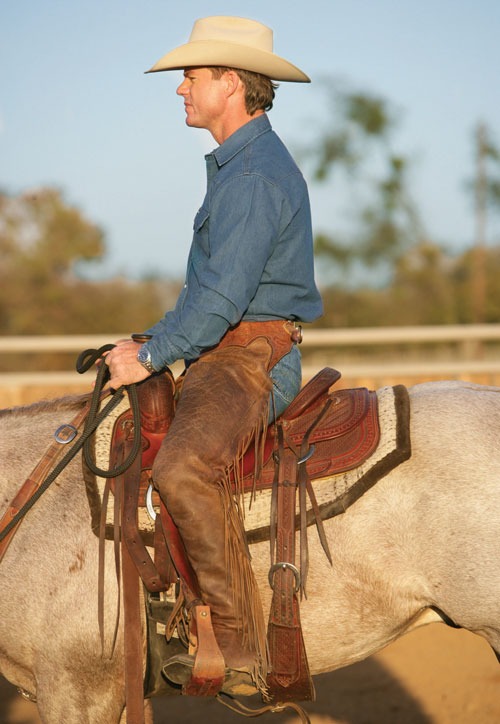
(photo taken from chronofhorse.com)
4. Remember to relax and breathe A LOT! Breathing deep and continuous is so important to good riding. Although you never stop breathing (then you would pass out!) you tend to breathe more shallow when you're concentrating. That will cause you to tense and stops a steady flow of oxygen to your muscles. When you breathe deep your whole body can relax, especially your chest and shoulders. It will also keep your mind calm and focused.
5. And the other most important thing you can do for yourself: Give yourself lots of grace. Riding is something that will not be mastered in one lesson or even several lessons. You're learning a whole new language both mentally and physically. There will be a major learning curve, but have hope and keep going! You will have a breakthrough to the point where riding will come naturally. Just keep at it and give yourself grace when learning these new skills. The point where you "get" a new concept is exhilarating and will boost your confidence and it's very rewarding!!!
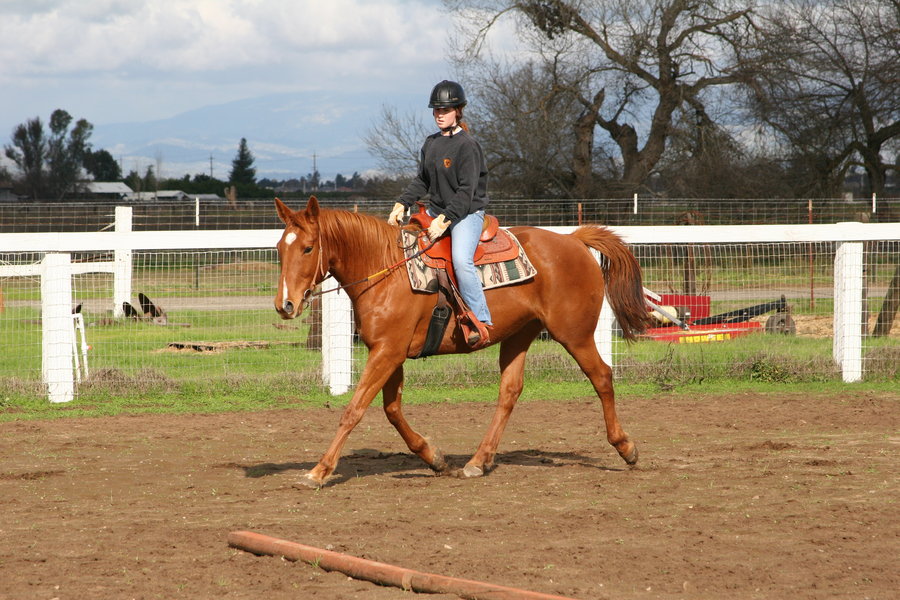
(photo taken from horsestockphotos.deviantart.com)
Horse Ear Signs:
A horse's ears and eyes are your immediate cues as to how they are feeling. Here is some basic signs to look for:
Relaxed: Ears are either half back or up, but not erect. The horse is relaxed.
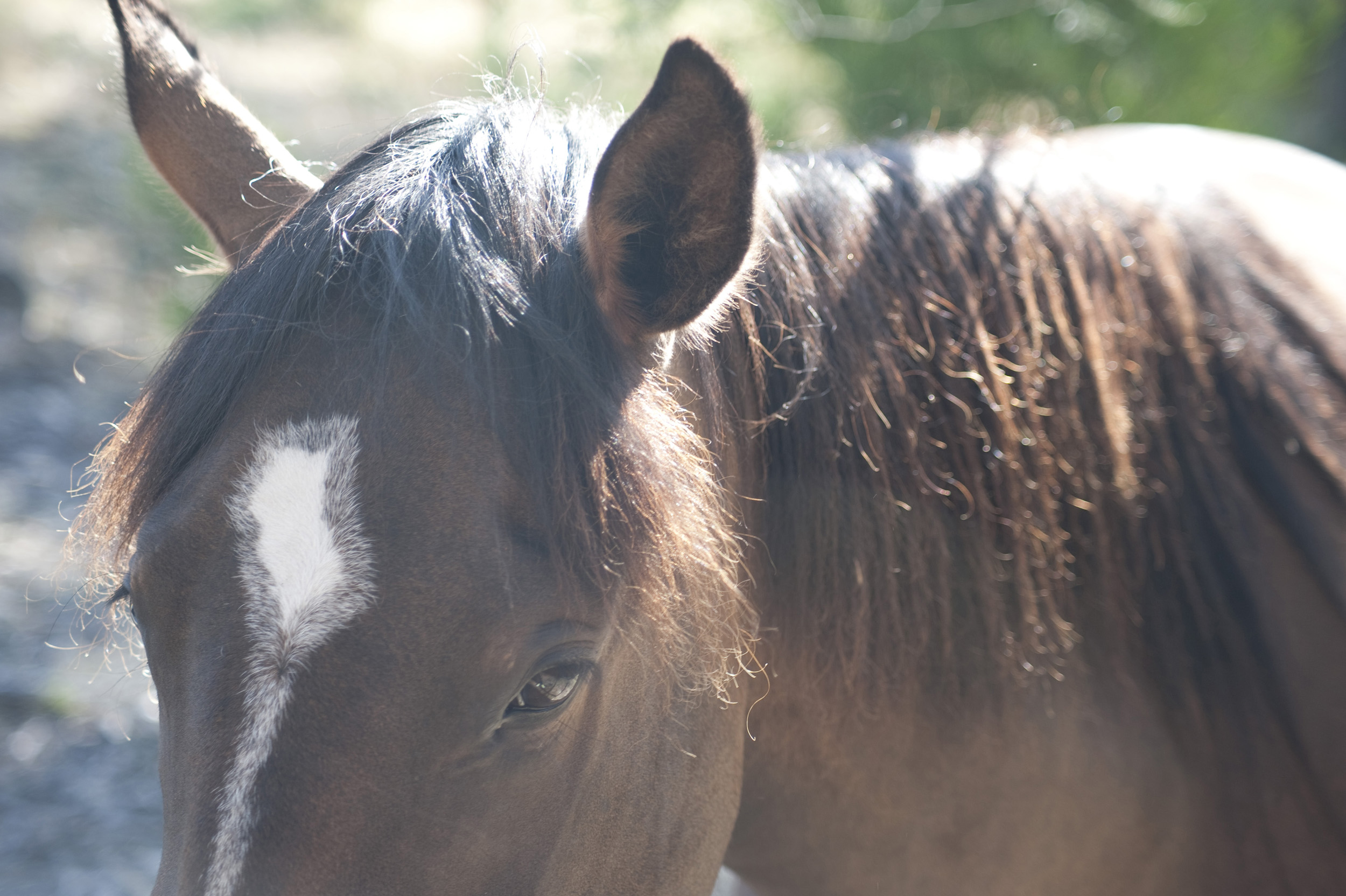
(photo taken from reddit.com)
Alert: Ears up and pointed forward. The horse sees something that has it's attention. The horse is on alert.

(photo taken from drsfostersmith.com)
Irritated/Upset/Angry: Ears flat back against the head. The horse is irritated, angry, generally upset.
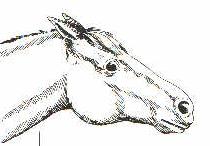
(photo taken from angelfire.com)
Saddle Up hopes you have found this tips helpful and that your first riding lesson is the beginning of a wonderful era of horse time!
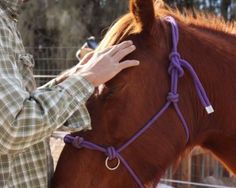
(photo taken from pinterest.com)
"Only when you see through the eyes of the horse, can you lead the dance of the mind." -- Pete Spates
~ Saddle Up
